We’ve long understood the benefits that engaging with the arts can have on a range of health difficulties. At the V&A, we’re interested in exploring this further, and finding clinical evidence to support this belief. This research forms part of the wider social prescribing movement which addresses people’s emotional, social and practical needs in a holistic way. It’s also interesting to learn how this can inform new ways of engaging the public with our collections.
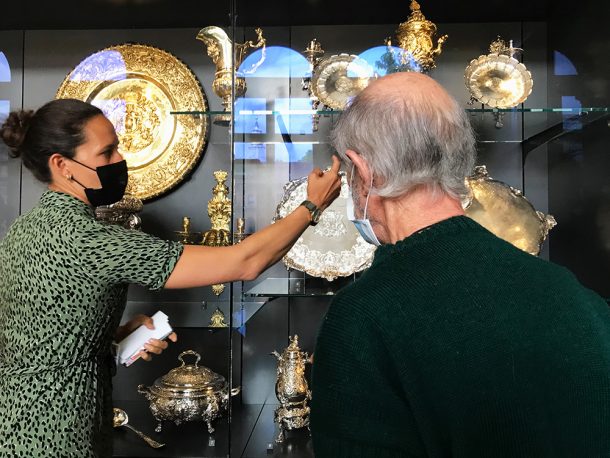
In 2019, we reached out to researchers at University College London (UCL), and together with Resonate Arts and artist Zoë Gilmour, have developed the first museum-based Cognitive Stimulation Therapy (CST) programme for adults living with dementia. Having partnered with our local Memory Service for referrals and clinical expertise, we built on this pilot for a new iteration in 2020 (interrupted by Covid-19 lockdowns) and were finally able to bring the full programme back to the V&A in 2022. CST is a non-medicinal intervention for people living with mild to moderate dementia, and is clinically proven to improve cognitive function, communication and wellbeing.
We invite colleagues from across the museum to contribute, taking on a weekly theme and using objects from the collections to engage the group through handling sessions or gallery visits. To take part, colleagues attend a CST training session delivered by the clinical team, to better understand the rationale behind the model.
Colleagues who take part (from a wide range of curatorial departments) say that delivering CST sessions prompts them to think about the collections in new ways, in order to provide meaningful interpretations for the group. Sessions are not didactic, but a forum where knowledge, experience and opinions are shared between participants and facilitators. Participants are invited to respond creatively to objects through art and making. As we get to know the group, their preferences and ideas shape the upcoming sessions.
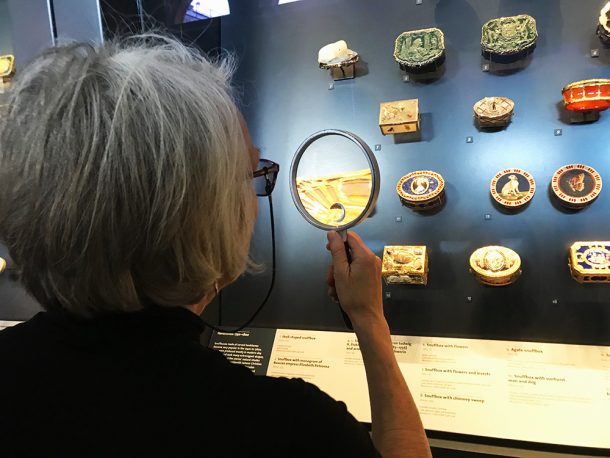
Over the 14 weeks, we see individuals who are dealing with the anxiety of a dementia diagnosis grow in confidence and resilience. Reflecting on their experience of CST at the V&A, participants frequently share that it feels good to get out of the house, to see other people, and that they feel inspired and invigorated by the content of the sessions. Before and after taking part in CST, participants are clinically assessed to monitor changes in mood and cognition after taking part in the programme. With just two full iterations of museum-based CST completed, our data set is too small to draw conclusive results, but we see improvements in line with typical CST models. We’re looking forward to developing more targeted forms of evaluation with the Memory Service and Resonate Arts.
Outside the sessions, informal support groups have formed among family members and carers who accompany their loved ones to sessions. As family members and carers don’t take part, the sessions provide a moment of respite, allowing them to meet others in similar circumstances and visit the galleries or café.
The depth of engagement encourages participants and their family members or carers to see the museum as a source of cognitive stimulation and wellbeing that they can access freely, with most participants returning to the V&A independently when the programme ends.
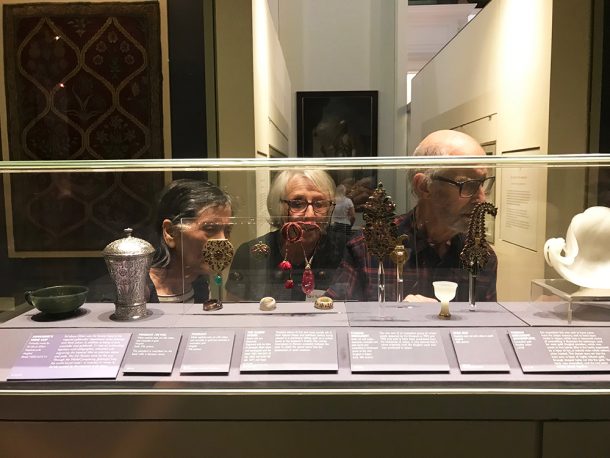
Resonate Arts and Kensington, Chelsea & Westminster Memory Service have observed that the partnership between arts and health organisations seems to work in two ways to attract and retain participants effectively: the clinical underpinning of the programme attracts those who may not typically engage with the arts, as they are there for health reasons; while the arts-based approach attracts those who may feel anxious about attending a clinical group. For all participants, holding the group at the V&A – so removed from the clinical setting – shifts focus away from their diagnosis and onto learning new and different things.
We look forward to building on what we’ve learnt in our next iteration in 2023, as well as sharing our findings from this project across the sector.
Cognitive Stimulation Therapy at the V&A is generously supported by The Gilbert Trust for the Arts. The Gilbert Collection forms a springboard into the wider museum collections.
With thanks to Resonate Arts, KCW Memory Service and Zoë Gilmour.
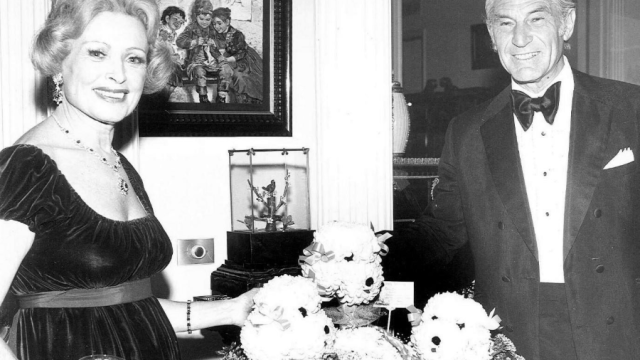
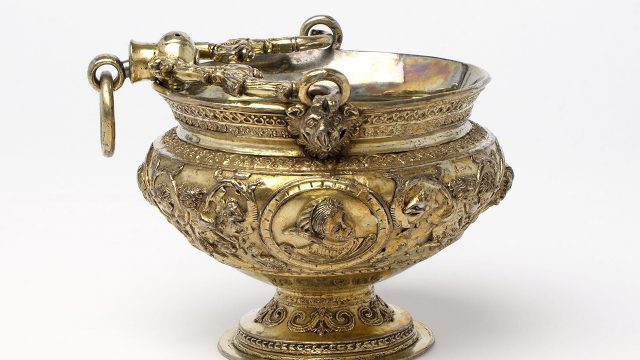
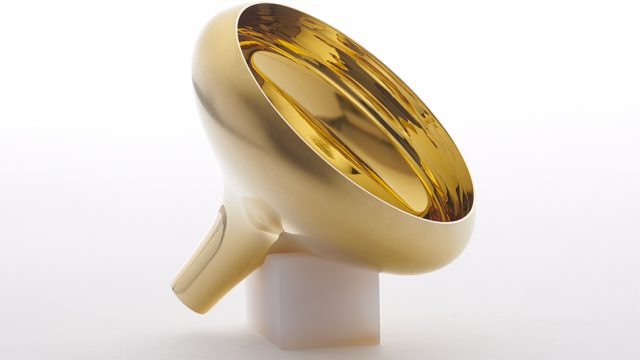
With each passing year, it gets harder to distinguish genuine care from business, especially in the health sphere. There’s too much noise, too many advisers and aggression, as if people are to blame for burning out. A former colleague, sharp-tongued and skeptical of anything new, mentioned a clinic to me where he had IV therapy course that really helped him regain strength . So I paid attention. And what I really liked was that no one tried to play savior or pressure with diagnoses. Nobody was trying to treat me as a purse on two legs. Everything was presented very elegantly, just the way it should be.